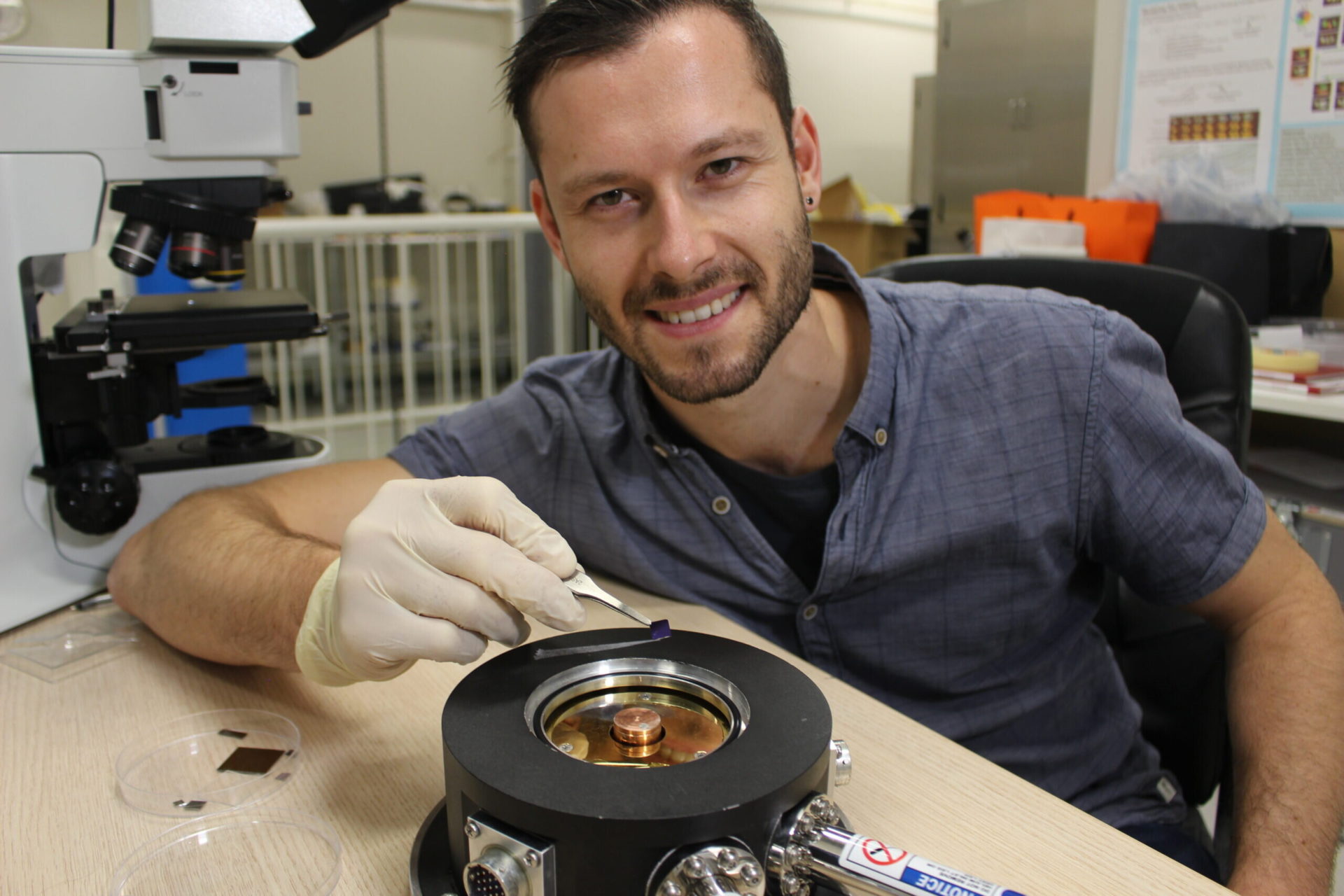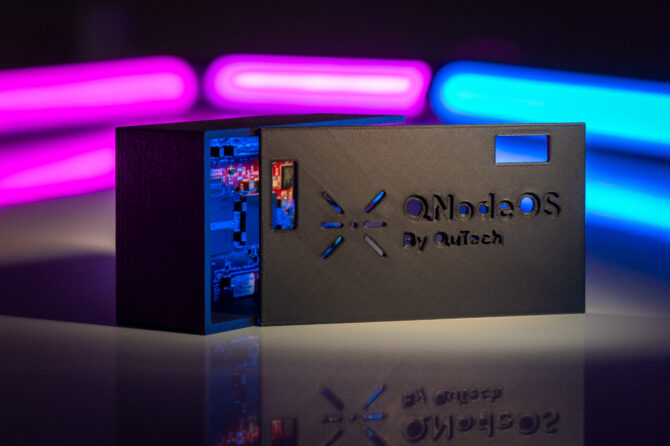Quantum steering represents a distinct form of nonclassical correlation positioned between Bell nonlocality and quantum entanglement. This phenomenon occurs when part of a quantum system follows quantum mechanical laws while another part (the “steering party”) potentially operates beyond these constraints. Beyond its theoretical significance, quantum steering enables practical applications including one-sided device-independent quantum key distribution (1sDI-QKD), secure quantum teleportation, and randomness certification.
However, experimental demonstrations of quantum steering face significant challenges, particularly the detection loophole, which requires systems with low noise and high collection efficiency. Previous experiments have generally relied on free-space configurations and manual measurement settings, compromising locality and limiting practical applications. The only prior loophole-free experiment achieved a switching rate of 0.787 MHz using polarization degree of freedom with a three-setting Platonic-solid measurement scheme, but scaling to more measurement settings would require problematic amplitude modulation.
This research introduces an innovative phase-encoding measurement scheme that employs pure phase modulation instead of amplitude modulation, making it compatible with time-bin entanglement and telecommunication hardware. The researchers quantitatively demonstrate that this approach performs comparably to the Platonic-solid scheme when noise levels are sufficiently low.
The team successfully implemented their approach in a fully chip-fiber-based system that closes the detection loophole. To overcome the high loss typically associated with phase modulation devices, they developed a low-loss silicon chip and devised a method to shift phase modulation from measurement to pre-entanglement generation, effectively mimicking active measurement at the steering party.
This represents the first detection-loophole-free steering nonlocality certification in a completely chip-fiber-based setup, achieving a remarkable 1.25 GHz measurement switching rate at the steered side. The resulting system is versatile and field-ready, offering easy integration with high-speed telecommunication modules and robust noise resistance. This advancement represents a significant step toward moving quantum steering from laboratory settings to practical applications, particularly in quantum communication.
npj Quantum Information, Published online: 24 April 2025; doi:10.1038/s41534-025-01021-0



